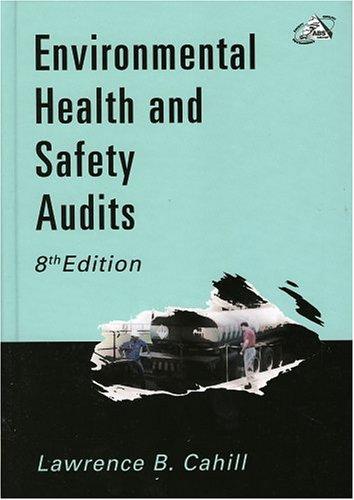Question
1. All of the following are reported as current liabilities except a. accounts payable. b. bonds payable. c. notes payable. d. unearned revenues. 2. The
1. All of the following are reported as current liabilities except
a. accounts payable.
b. bonds payable.
c. notes payable.
d. unearned revenues.
2. The relationship between current liabilities and current assets is
a. useful in determining income.
b. useful in evaluating a company's liquidity.
c. called the matching principle.
d. useful in determining the amount of a company's long-term debt.
3. Most companies pay current liabilities
a. out of current assets.
b. by issuing interest-bearing notes payable.
c. by issuing stock.
d. by creating long-term liabilities.
4. A current liability is a debt that can reasonably be expected to be paid
a. within one year.
b. between 6 months and 18 months.
c. out of currently recognized revenues.
d. out of cash currently on hand.
5. Liabilities are classified on the balance sheet as current or
a. deferred.
b. unearned.
c. long-term.
d. accrued.
6. From a liquidity standpoint, it is more desirable for a company to have current
a. assets equal current liabilities.
b. liabilities exceed current assets.
c. assets exceed current liabilities.
d. liabilities exceed long-term liabilities.
7. The relationship of current assets to current liabilities is used in evaluating a company's
a. operating cycle.
b. revenue-producing ability.
c. short-term debt paying ability.
d. long-range solvency.
8. Which of the following is usually not an accrued liability?
a. Interest payable
b. Wages payable
c. Taxes payable
d. Notes payable
9. In most companies, current liabilities are paid within
a. one year through the creation of other current liabilities.
b. the operating cycle through the creation of other current liabilities.
c. one year out of current assets.
d. the operating cycle out of current assets.
10. The entry to record the issuance of an interest-bearing note credits Notes Payable for the note's
a. maturity value.
b. market value.
c. face value.
d. cash realizable value.
11. With an interest-bearing note, the amount of assets received upon issuance of the note is generally
a. equal to the note's face value.
b. greater than the note's face value.
c. less than the note's face value.
d. equal to the note's maturity value.
12. A note payable is in the form of
a. a contingency that is reasonably likely to occur.
b. a written promissory note.
c. an oral agreement.
d. a standing agreement.
13. The entry to record the proceeds upon issuing an interest-bearing note is
a. Interest Expense
Cash
Notes Payable
b. Cash
Notes Payable
c. Notes Payable
Cash
d. Cash
Notes Payable
Interest Payable
Step by Step Solution
There are 3 Steps involved in it
Step: 1

Get Instant Access to Expert-Tailored Solutions
See step-by-step solutions with expert insights and AI powered tools for academic success
Step: 2

Step: 3

Ace Your Homework with AI
Get the answers you need in no time with our AI-driven, step-by-step assistance
Get Started


